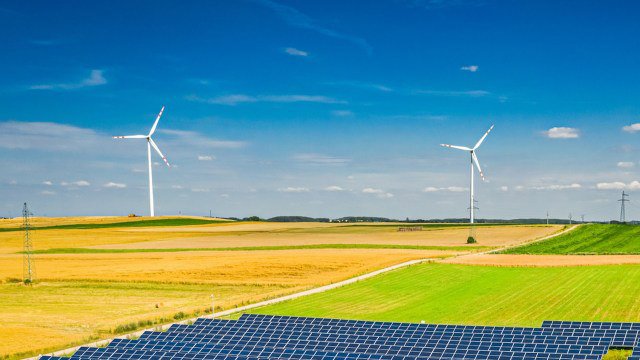China’s solar energy capacity has officially exceeded 1 terawatt (1TW), reaching 1.08 TW at the end of May 2025. This growth includes a remarkable addition of 198 gigawatts (GW) of new photovoltaic (PV) capacity since the beginning of the year, with May alone contributing 93 GW, according to the National Energy Administration (NEA).
The NEA’s update on the country’s energy statistics reveals that this rapid expansion is partly driven by a race to connect solar projects to the grid before new energy market regulations take effect. As a result, May saw the installation of approximately 230 million solar panels, translating to nearly 100 panels being installed every second.
In addition to solar, China’s wind energy sector also showed impressive growth, adding 46 GW in total for the first five months of 2025, with 26 GW coming online in May. This brings the country’s total wind capacity to just under 570 GW. Compared to the same period in 2024, the growth rates for new solar and wind capacity are 56.9% and 23.1%, respectively.
Despite this surge in installations, analysts caution that the momentum may slow as the policy-driven demand diminishes. Tim Buckley, head of Climate and Energy Finance, noted the extraordinary figures of 92.9 GW of solar and 26.3 GW of wind installed in May but emphasized the risk of a significant slowdown later in the year due to the upcoming changes in renewable energy tariffs.
Lauri Myllyvirta, a senior fellow at the Asia Society Policy Institute, pointed out that the solar and wind capacity installed in May alone could generate as much electricity as several countries combined, including Poland, Sweden, Norway, and the United Arab Emirates.
This massive addition of capacity is a result of the rapid growth in the renewable energy sector over recent years, driven by decreasing costs and strong profitability. The upcoming change in tariffs has prompted a last-minute push to install new capacity before the deadline.
While this wave of installations may lead to a lull in capacity additions, it highlights the potential of China’s solar industry, which is supported by leading manufacturing capabilities. Energy security remains a top priority for China as it aims to stimulate its domestic economy amidst ongoing trade challenges. Therefore, the anticipated slowdown may not be as pronounced as some expect for the second half of 2025.



